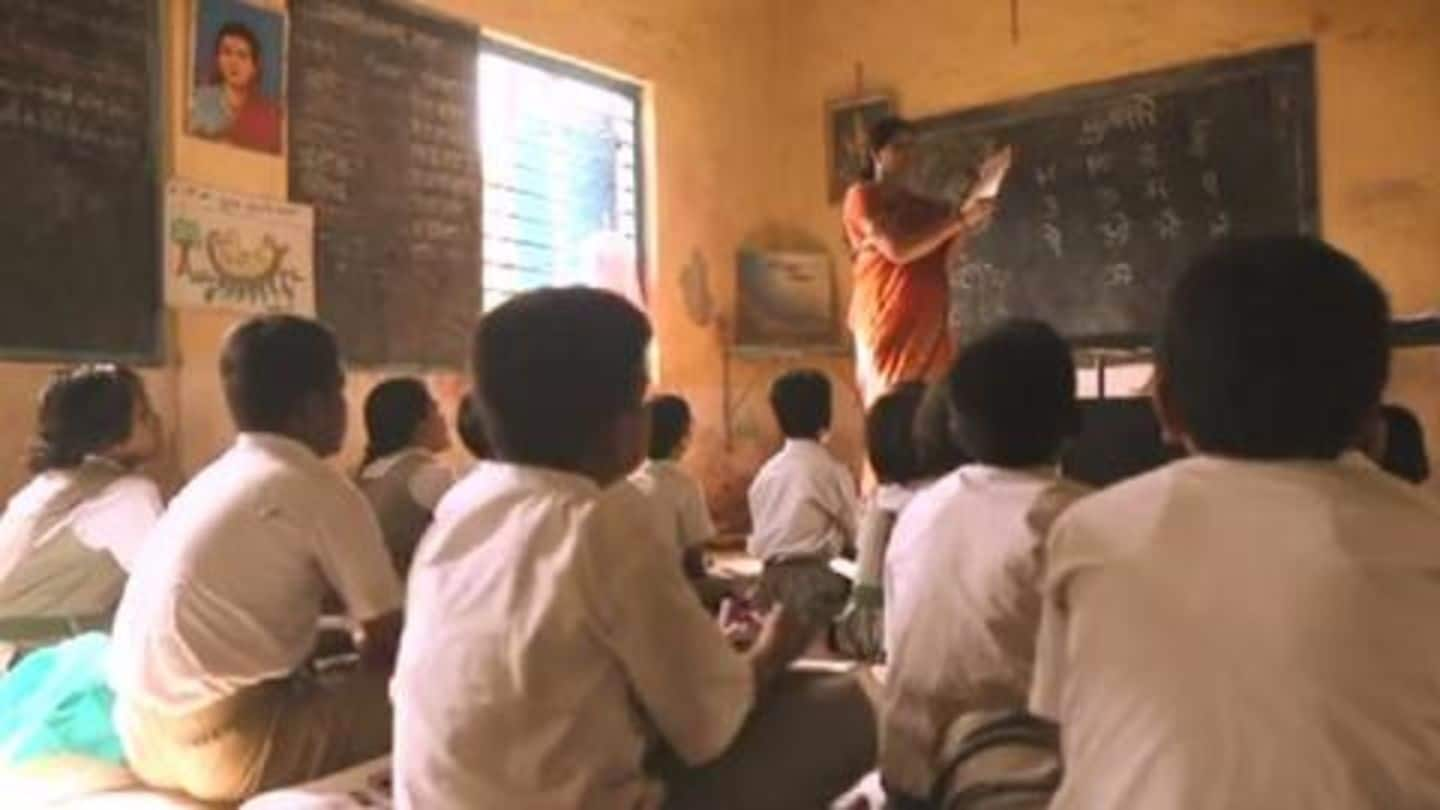
25% Class-4 students in rural India can't read Class-2 books
What's the story
The Annual Status of Education Report (ASER) 2018 has shed light on the sorry state of education in rural India, again. It is alarming, to say the least. The report concluded that one in four Class 4 students can't read Class 2 textbooks and one in two Class 8 students can't solve basic division problems. The survey was conducted by NGO Pratham.
Data
53% of Class 8 students can't solve basic math problems
The survey was conducted across 596 rural districts and took into account 3.5 lakh households and 546,527 children aged between three and 16, reports HT. The ASER data underlines that only 73% of Class 8 students in rural India can read Class 2 books and 56% can't solve basic math problems. In India, studying till Class 8 is compulsory for all.
Improvements
States like Uttar Pradesh, Odisha and Chhattisgarh have performed well
There have been few improvements too. For example, in 2013, 21.6% of Class 3 students were able to read Class 2 books. In 2018, the number crawled to 27.2%. In 2016, 47.9% of Class 5 students could read Class 2 books. In 2018, this number was 50.3%. Meanwhile, some states namely, Himachal Pradesh, UP, Odisha, Chhattisgarh, Karnataka, Kerala, Arunachal Pradesh, and Mizoram, showed improvement.
Good news
For the first time, less than 3% students weren't enrolled
Another figure worth celebrating is that for the first time, the proportion of children not enrolled in school dipped. It stood at 2.8% in 2018. In 2006, 10.3% of girls between 11-14 dropped out of school. This number fell to 4.1%. In 2008, 20% of girls aged between 15-16 weren't enrolled in schools. In 2018, 13.5% weren't enrolled.
Information
Schemes of Centre and States helped keep girls in schools
The improvement in girls' education, albeit minimal, is due to a number of schemes introduced by the Centre and states, and attention given to infrastructure. To keep girls in school, some states provide bicycles. The number of serviceable toilets also doubled from 2010 to 2018.
Details
Not much change in enrollment in private schools
The data also highlighted that the number of students enrolled in private schools hasn't changed much. While in 2016, 30.6% of children enrolled in private schools it was just 30.9% in 2018. This implies the number of enrollment in government schools has risen. Educationist Mohd Miyan, a former member of UGC, said the absence of private schools in rural India could be a reason.